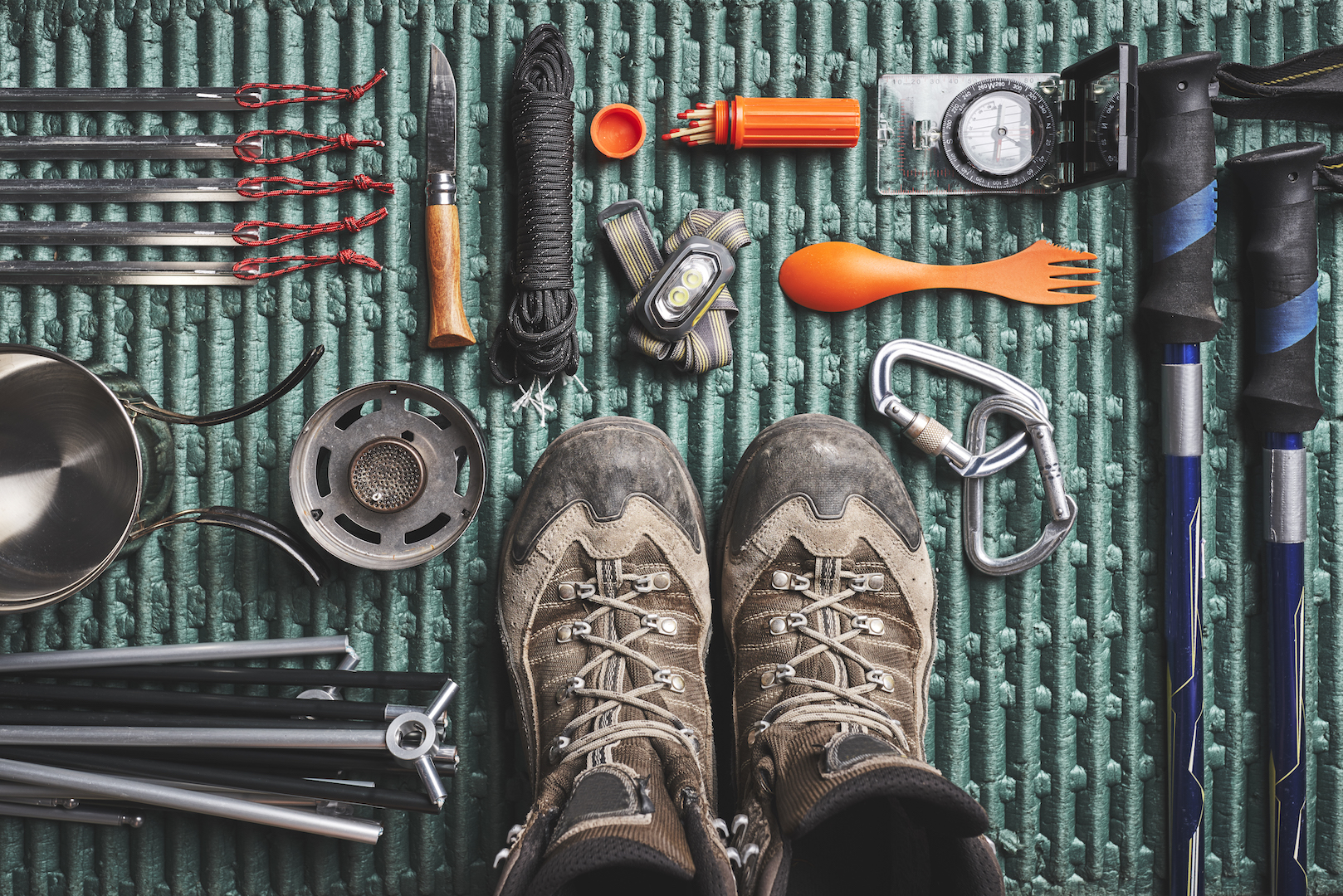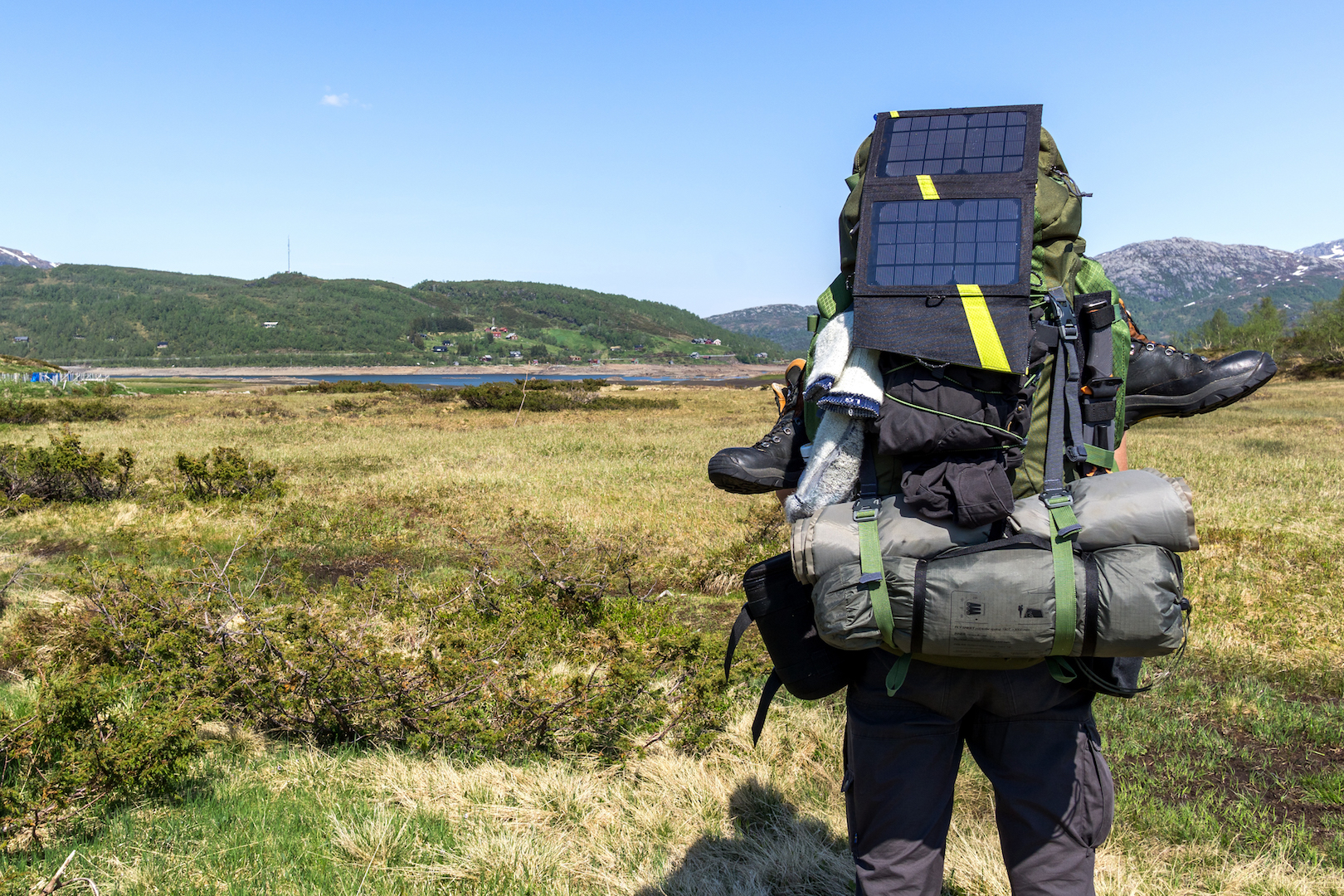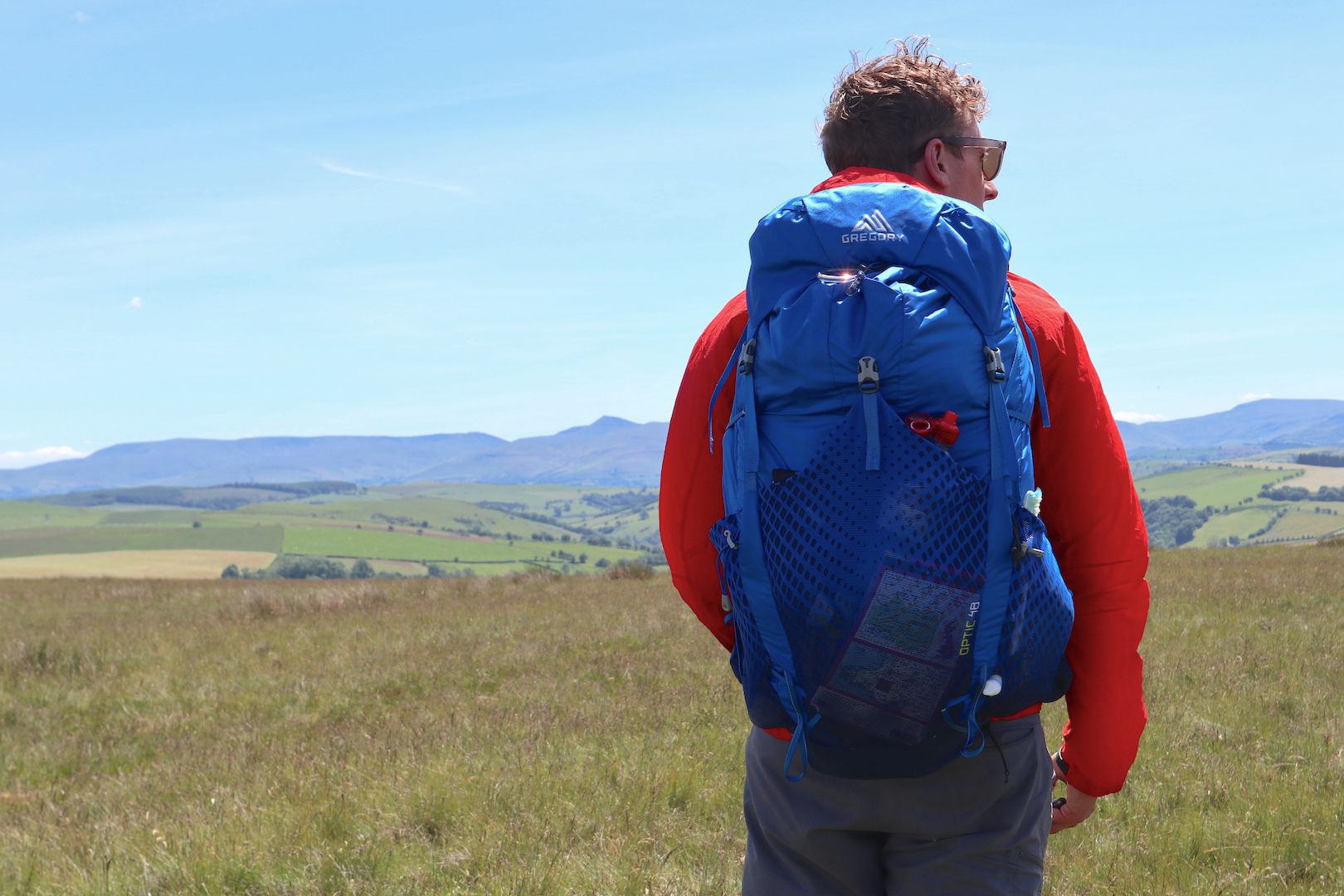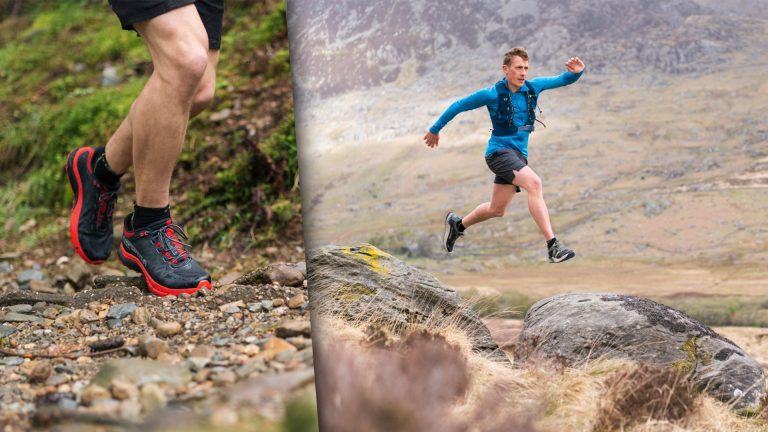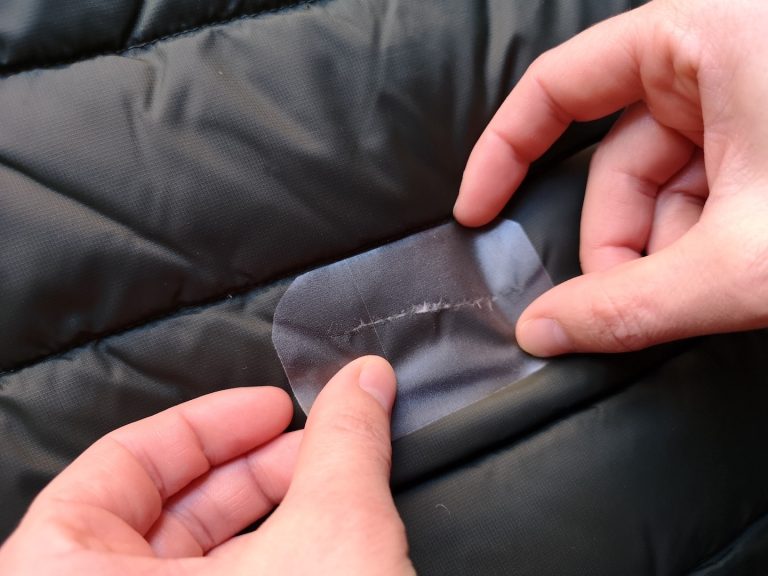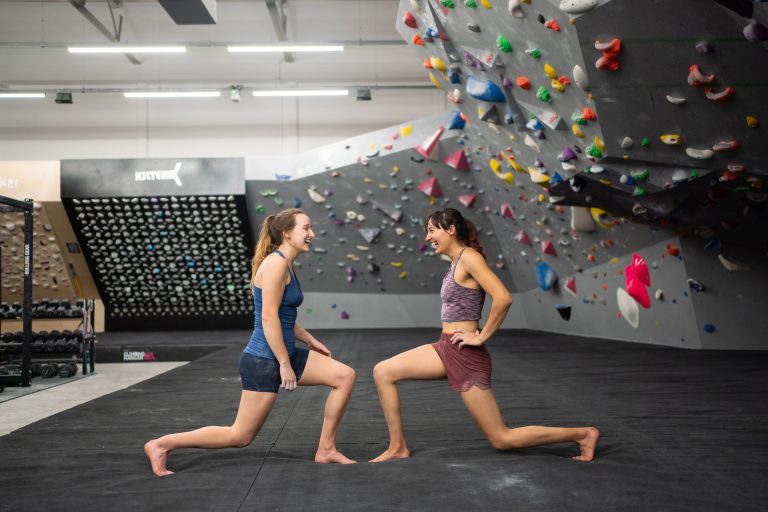Maximise Space First
Ideally you should be aiming to ensure you can fit everything inside your pack without having to strap anything to the outside. It might sound obvious but to achieve this just make sure all of the compression straps on your backpack are loose. That’ll give you maximum space to work with.
Step 1
Stick your camping equipment in first, with your sleeping bag at the bottom for a nice bit of shock absorption when you put your pack down, the tent lengthways alongside it and your sleeping mat stuffed tightly in-between.
Step 2
Hard and heavy stuff next. That’s usually your things for cooking and eating. Make sure this is all placed close to your back. Oh, and give everything a shake before you put it in – if it rattles it’s worth using a bit of tissue or sponge to separate the culprits and save your sanity over those long days.
Step 3
Clothes in next, then food. Keep the latter high in your bag so it doesn’t get squashed.
Jackets Where You Can Grab Them
In certain types of weather it’s handy to stick your insulated jacket/and or waterproof in a front stash pocket. If your pack doesn’t have one, just make sure they’re both high up in your pack and easy and convenient to grab quickly should any rain/coldness arrive.
Essentials On Your Front
If your pack has hip belt pockets, by sticking your snacks in one side and handy items like your compass, penknife and headtorch in the other, you’ll save yourself from taking your pack on and off throughout the day – that’s something that can be genuinely tiring, not to mention bad for your elbows, wrists and shoulders. If you don’t have hip belt pockets, stick these small items in a pocket on your bag that can be accessed externally.
Related: Best Headtorches For Hiking
Keep Day Kit And Night Kit Separate
Keep your accessories and useful items needed in the day (things like tissues, first aid, camera kit) in a dry bag stowed within easy reach, and then your night time stuff (a book, bug spray, batteries, phone charger, a wash bag etc) in another bag that’s also easy to locate.
Compress
Once everything is packed in, pull in the compression straps on your bag – tightly but not with too much force. That will make sure everything is cinched in, held in its place and also pulled in close to your back.
Balance Your Water
Finally, what about your water? A water filter, like the Katadyn BeFree can often be a very, very convenient way to save weight. If you’re likely to face large distances between water sources, you might need to carry a spare reservoir/bottle to boost your water supply. Side pockets are usually the best places to stow these. Just make sure you keep the pack balanced.
There’s No Right Or Wrong
Bear in mind, what I’ve detailed here is just the method that works for me. Each person is different and each trip is different, so just consider the points as a guideline or reference point rather than a one-size-fits-all approach.
For More Like This:
Advice For Camping In The Rain
Best Portable Chargers For Backpacking

